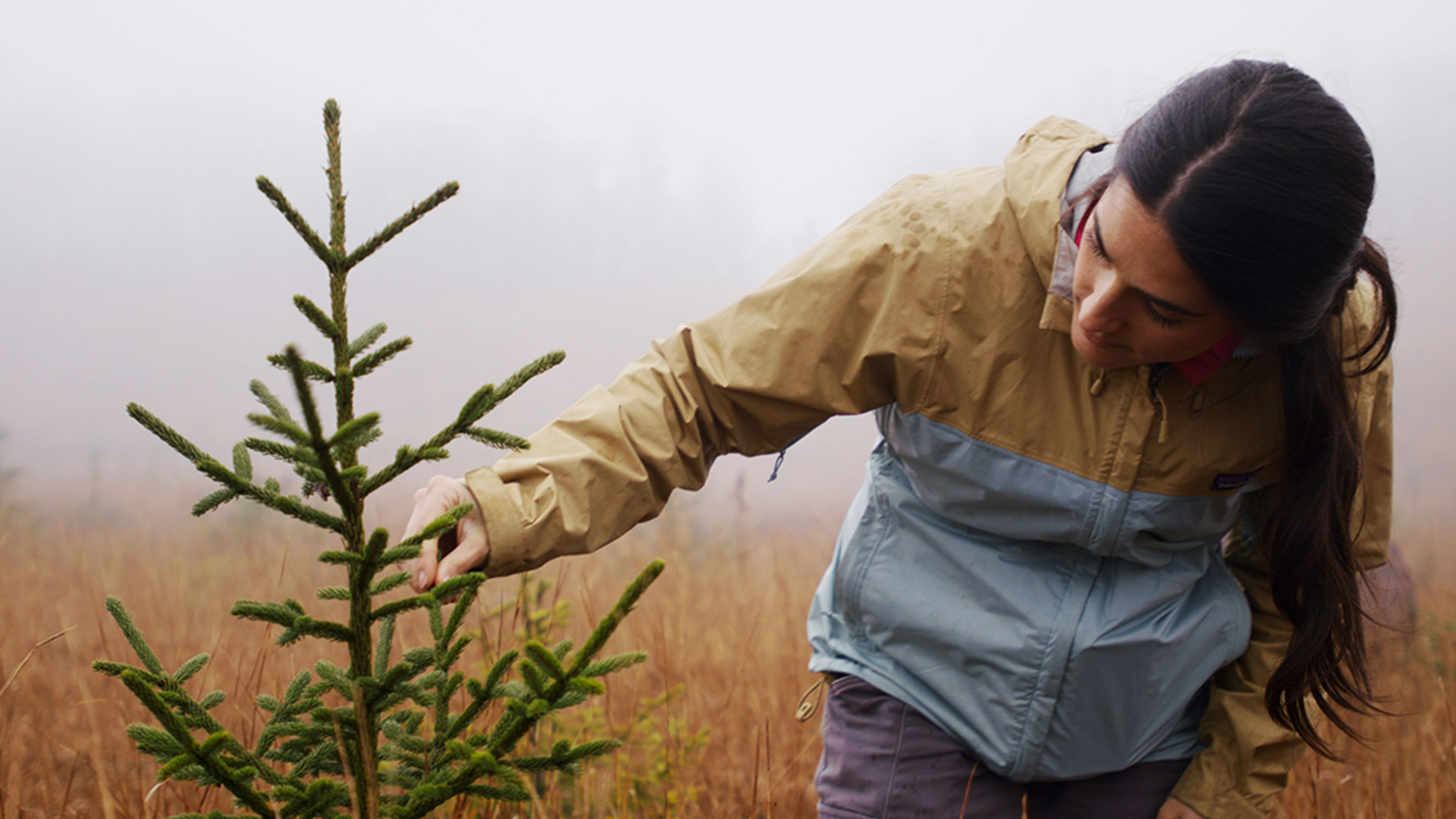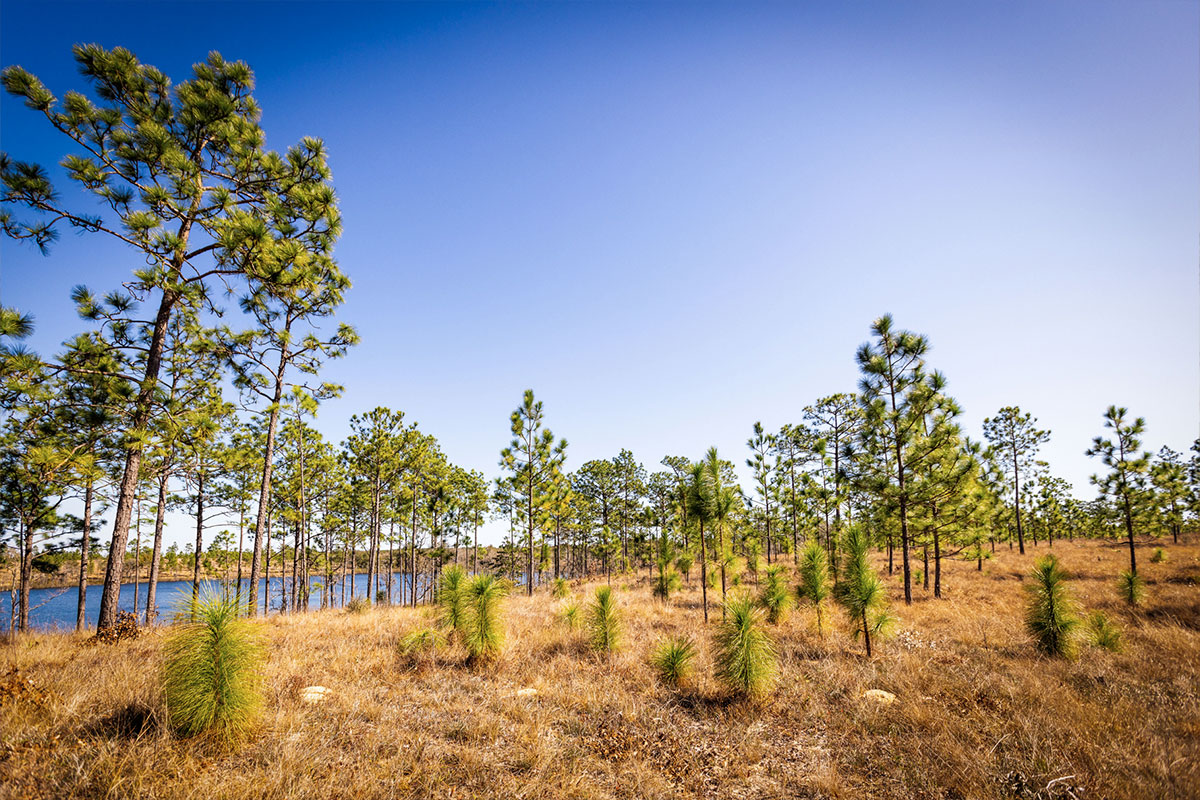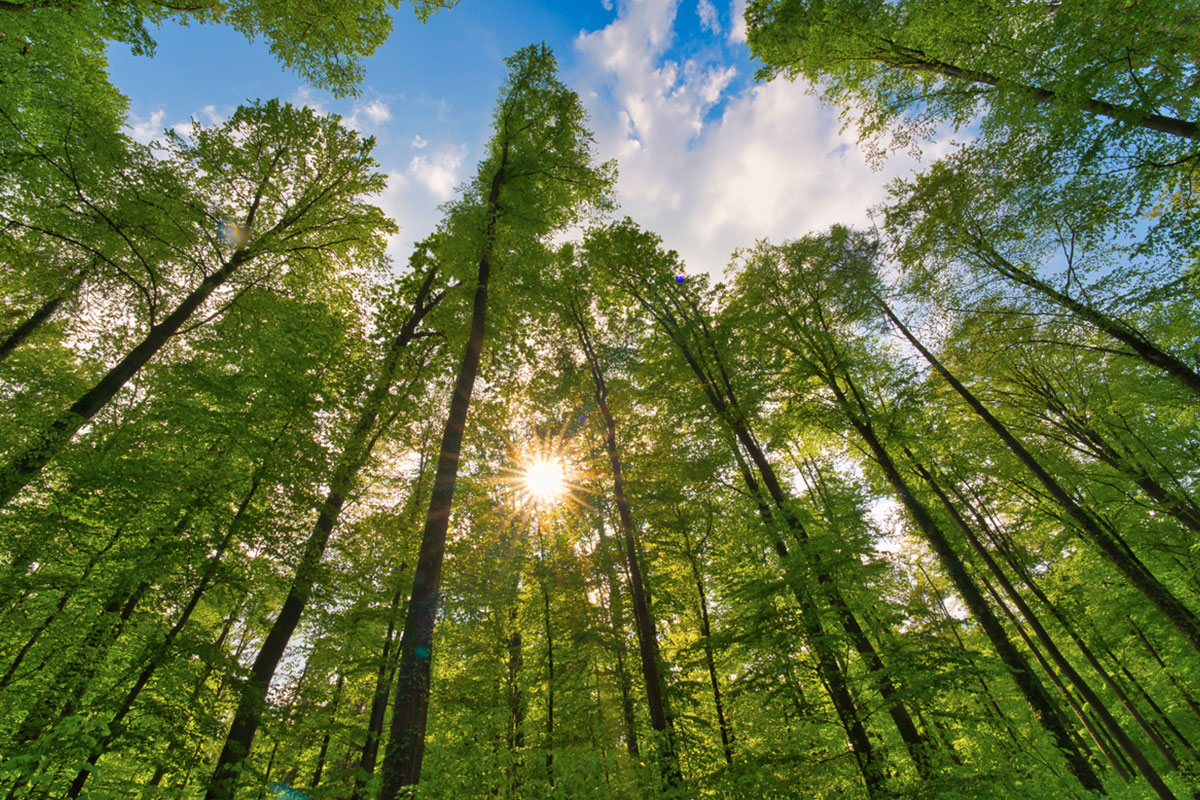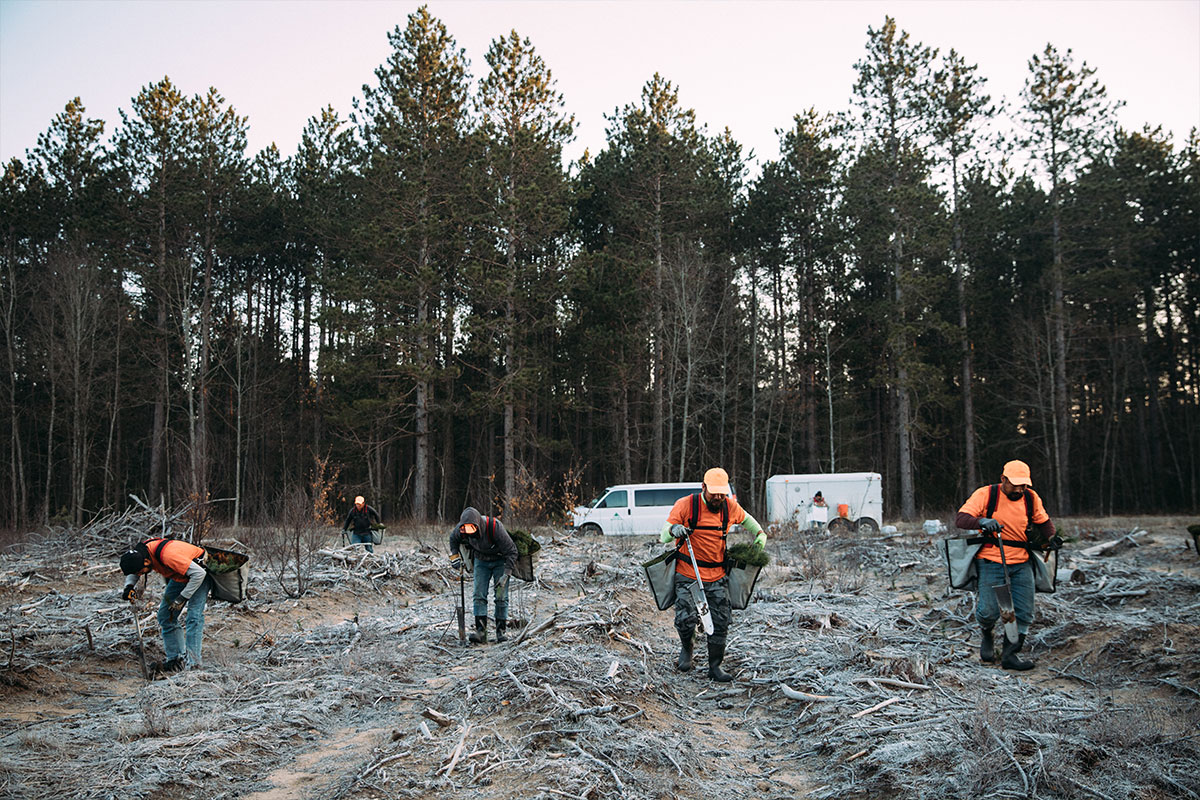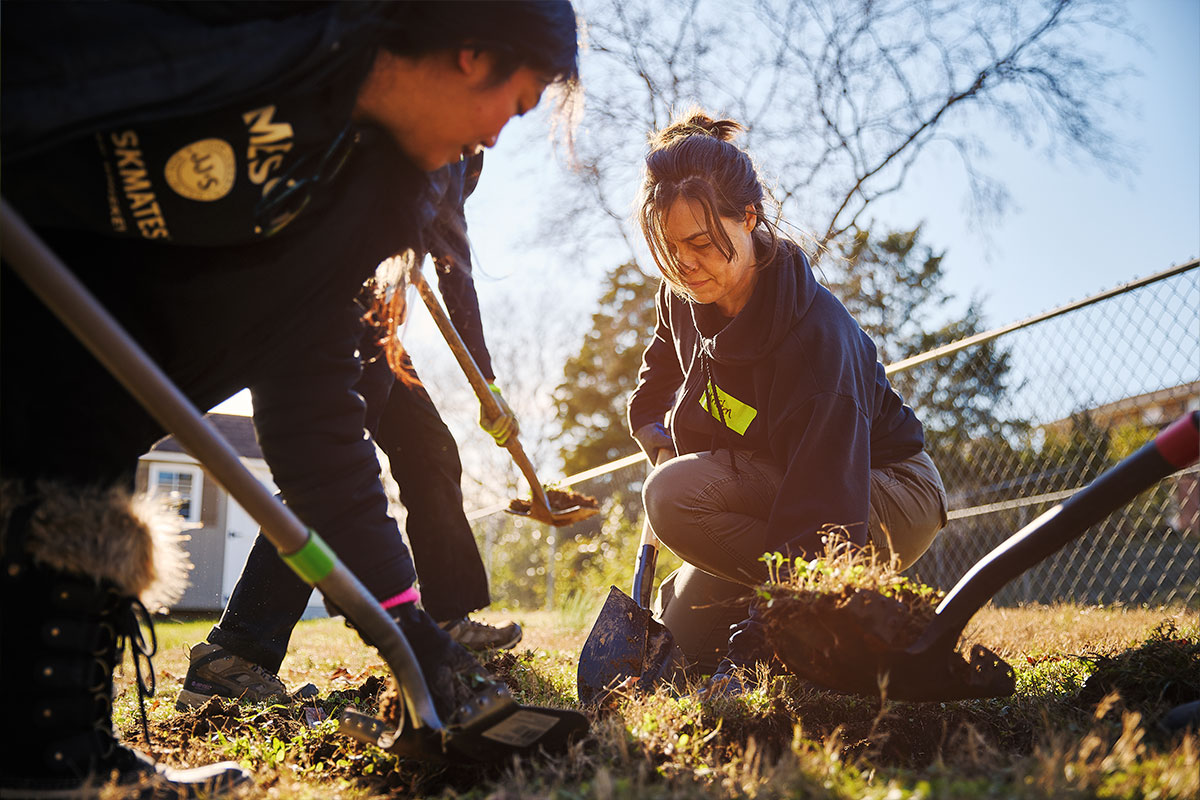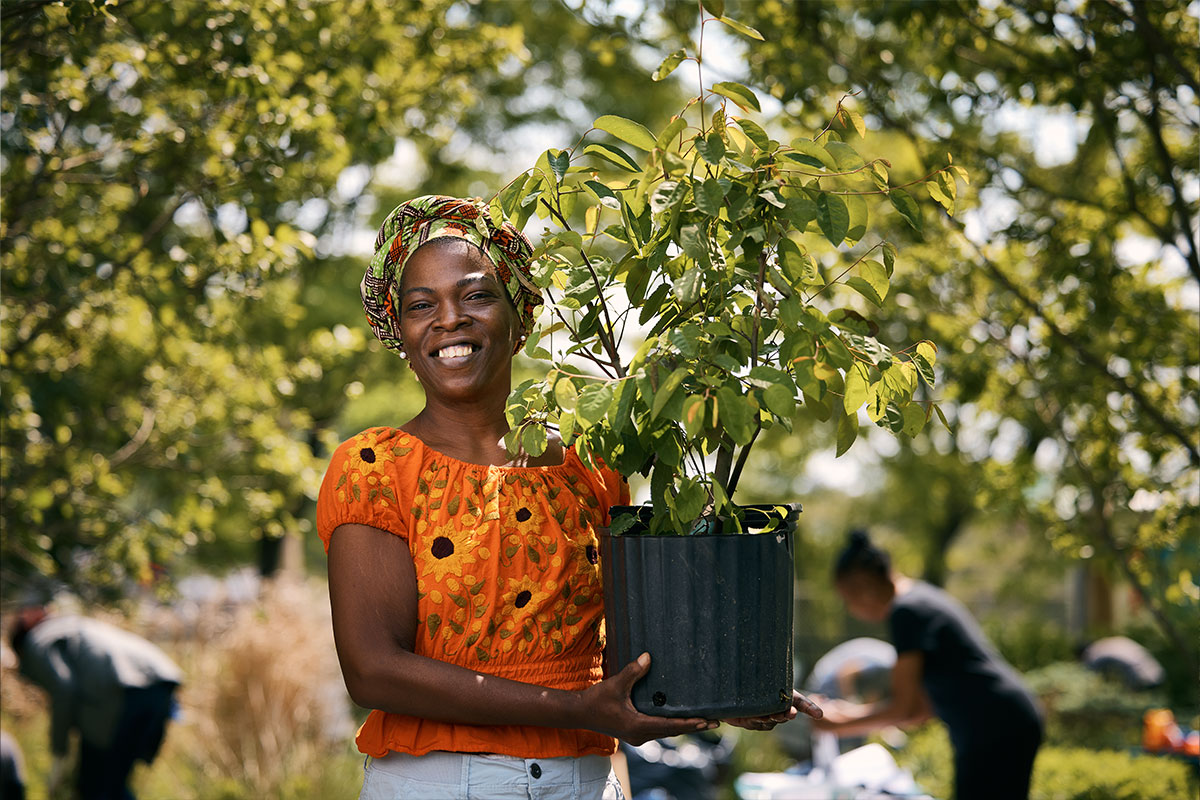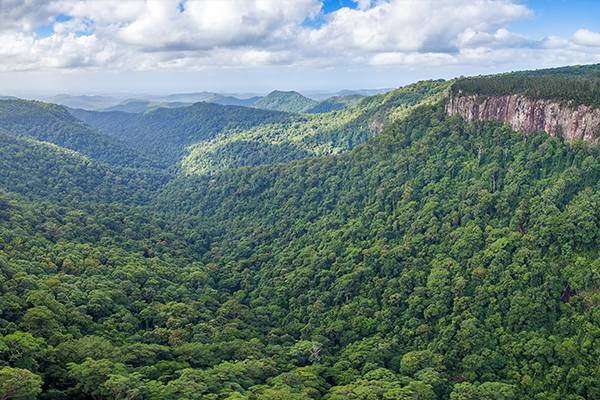
Why the World Needs Millions of Trees — And How to Plant Them Right
Planting trees at a massive scale is one of our best tools in the fight against climate change. But how can we plant millions of trees the right way? Learn how we've spent more than 50 years honing our process and building a network of on-the-ground partners leading the charge.
Learn how our partners bring forests to life.

